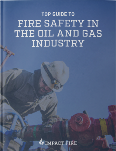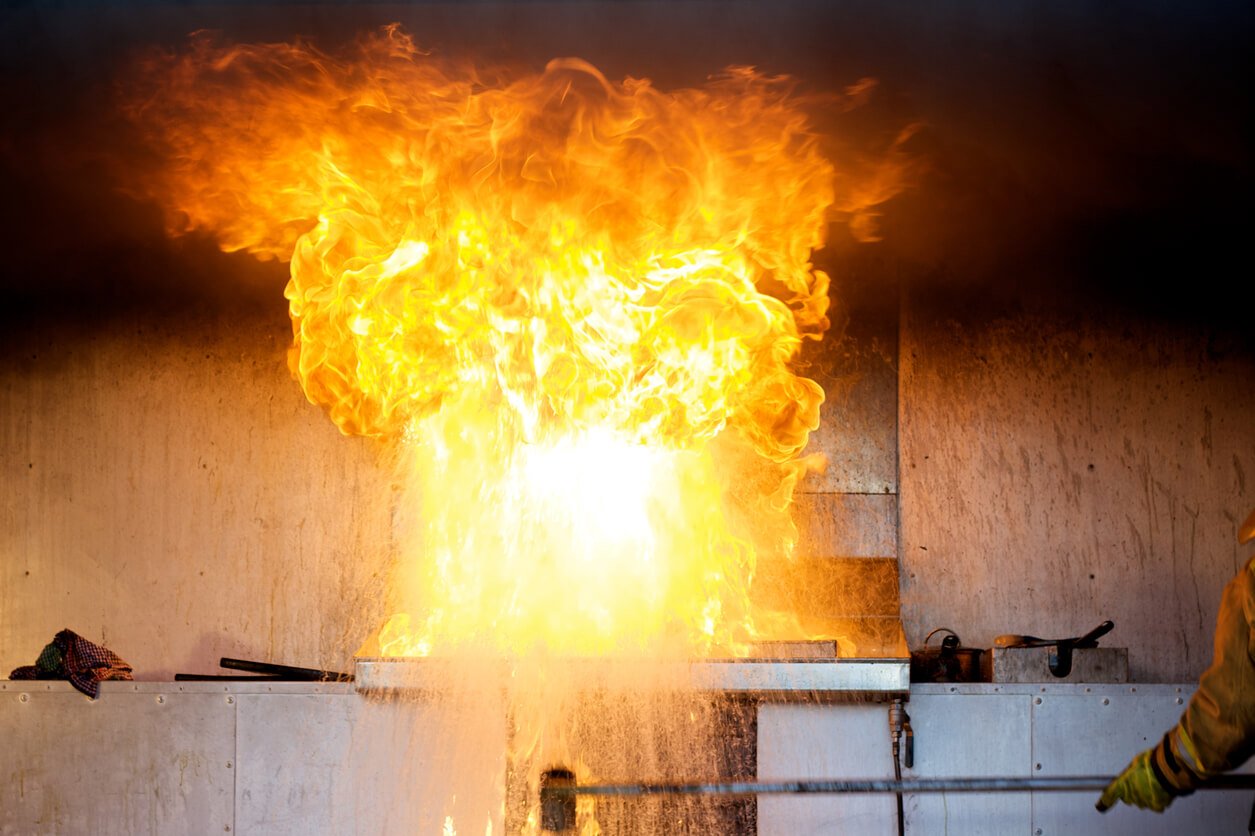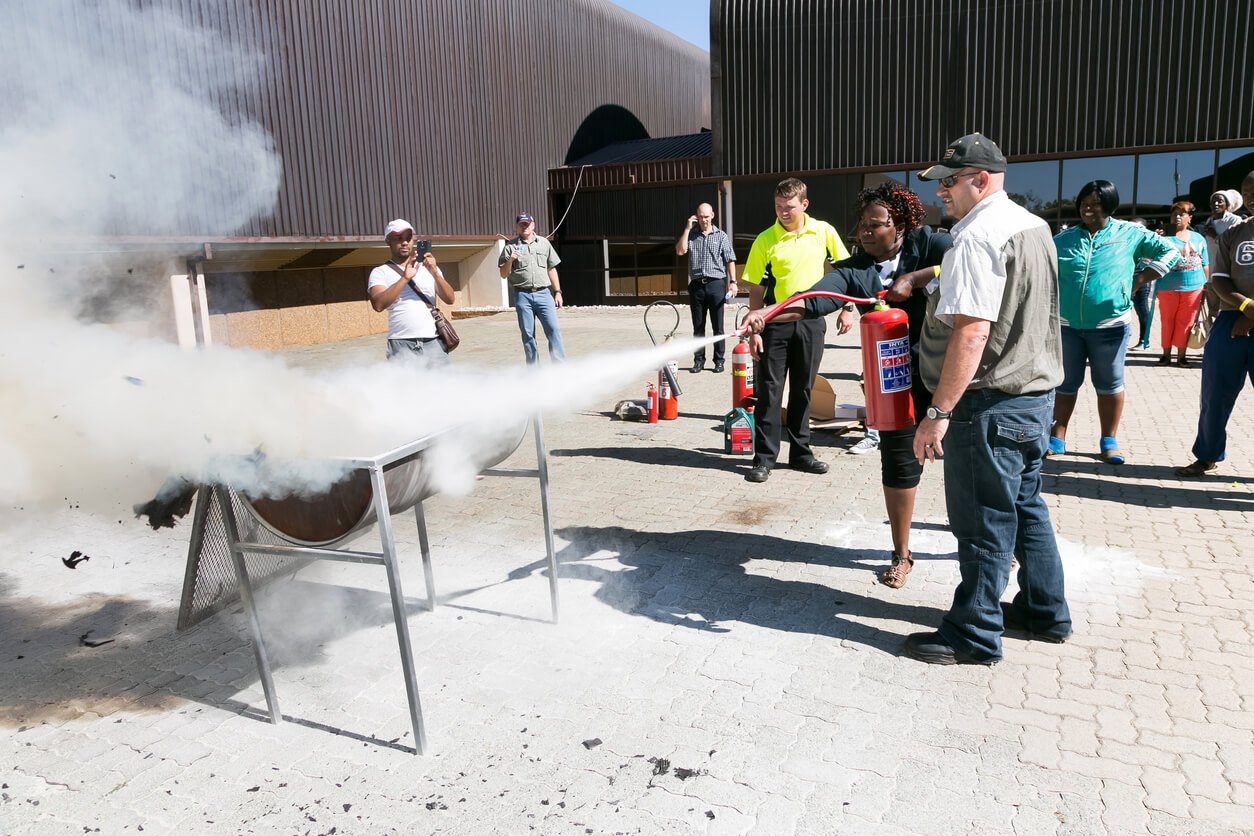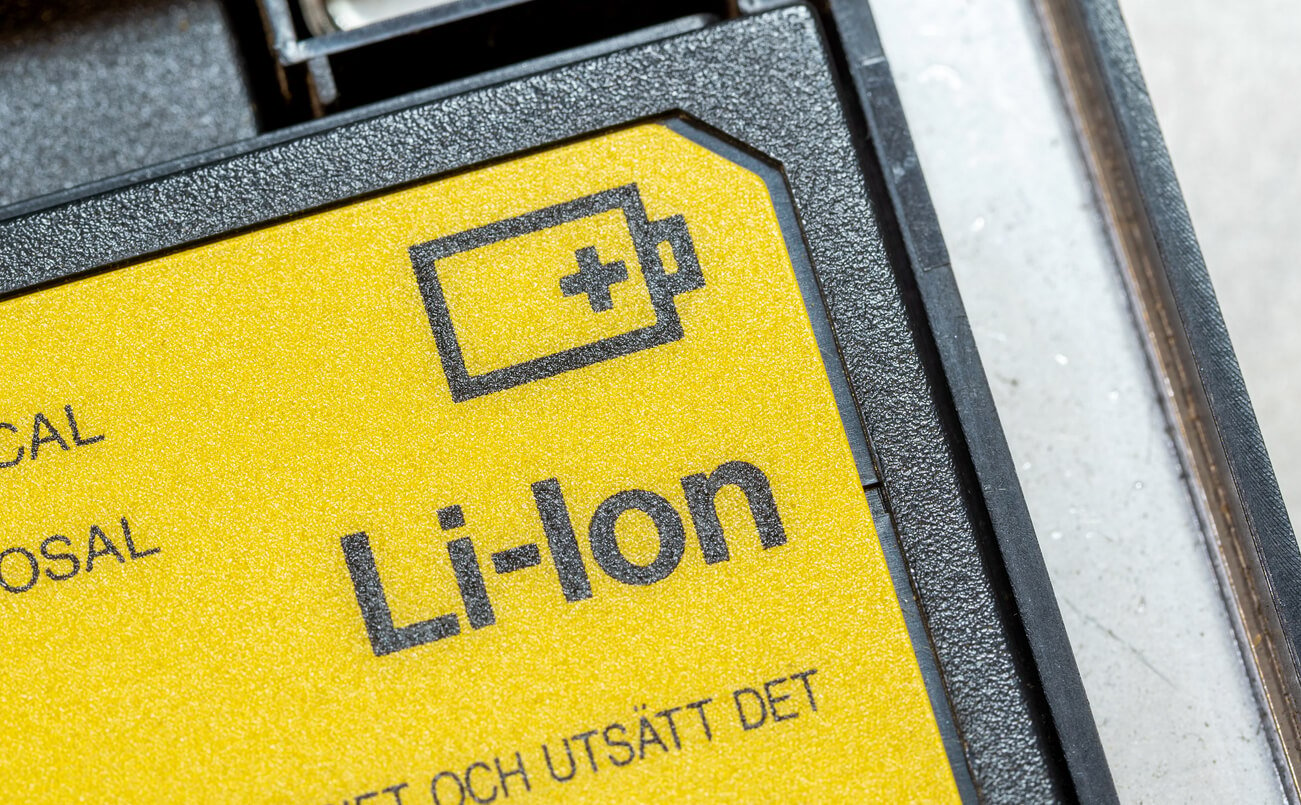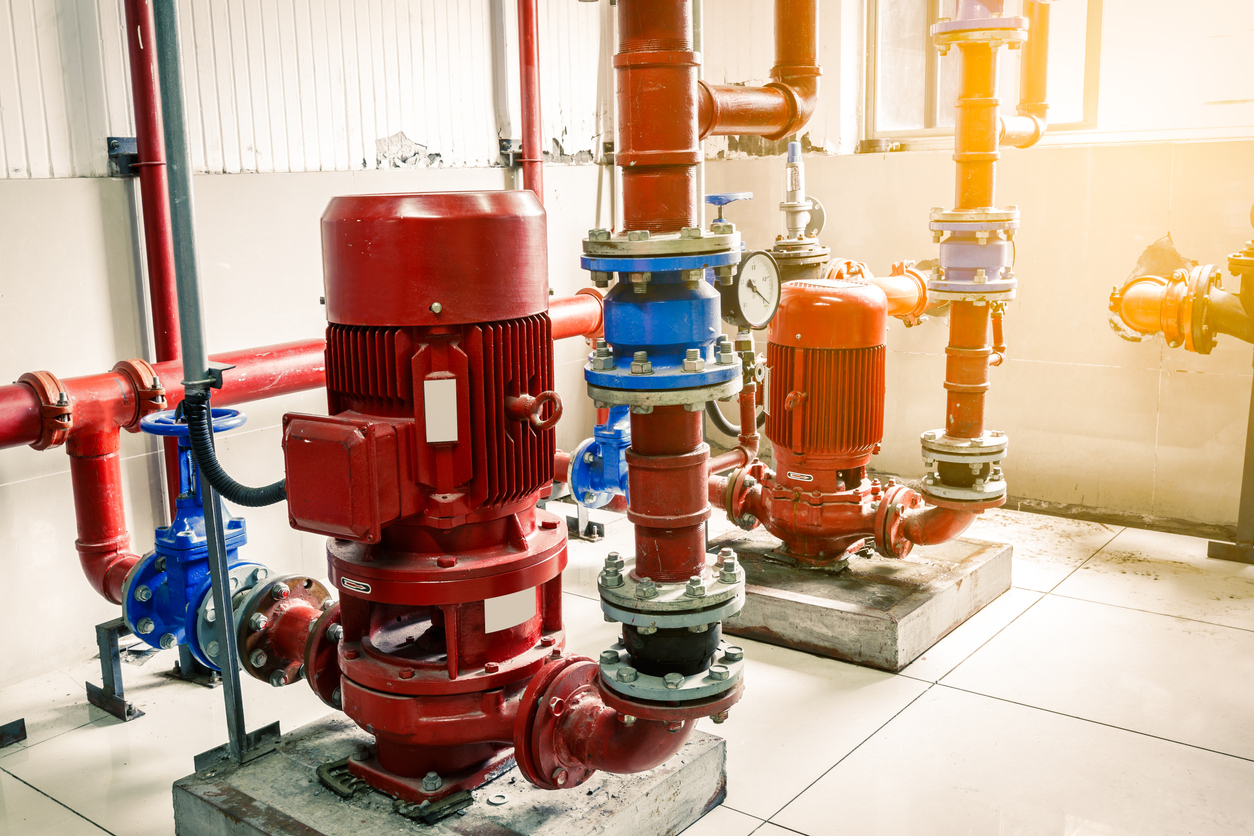What is a Class D Fire Extinguisher?
A Class D fire extinguisher is a dry powder suppression system designed exclusively for combustible metal fires involving materials like magnesium, lithium, and titanium.
These specialized units use unique agents such as powdered graphite or granular sodium chloride to smother metal fires and absorb extreme heat.
Unlike standard extinguishers, Class D units cannot be used on other fire types and are essential for facilities handling combustible metals in manufacturing or laboratory environments.
When combustible metals ignite in your facility, standard fire extinguishers become dangerous weapons that can spread molten metal and intensify flames.
Class D fire extinguishers are specialized tools designed exclusively for these unique fire emergencies.
Building owners must understand when these specialized suppression systems are essential for protecting their facilities, employees, and assets from the devastating effects of combustible metal fires.
Key Takeaways
- Class D fire extinguishers use specialized dry powder agents that work exclusively on combustible metal fires, making them essential for facilities handling metals like magnesium, lithium, and titanium
- OSHA requires Class D extinguishers within 75 feet of combustible metal work areas, with annual employee training and professional maintenance to ensure readiness
- Industrial facilities, laboratories, and metalworking operations face the highest Class D fire risks due to metal dust and shavings created during production processes
- Professional fire protection assessment helps building owners identify specific metal fire hazards and implement appropriate Class D suppression strategies
What is a Class D Fire?
A Class D fire involves combustible metals as the primary fuel source.
These fires are fundamentally different from ordinary fires because they involve reactive metals that can burn at extremely high temperatures. The metals that create Class D fire risks include alkali metals like sodium, potassium, and lithium.
Alkaline earth metals, such as magnesium also present significant hazards. Other combustible metals include titanium, aluminum, and zirconium, which are commonly found in manufacturing and industrial environments.
What is a Class D Fire Extinguisher?
A Class D fire extinguisher is a specialized dry powder fire suppression device designed exclusively for combustible metal fires.
Unlike multipurpose extinguishers, these units contain specific dry powder agents that work only on metal fires. They cannot be used effectively on any other class of fire.
How Class D Fire Extinguishers Work
Class D extinguishers suppress metal fires through a specialized process of smothering and heat absorption.
Common dry powder agents include powdered graphite, granular sodium chloride, and copper-based compounds.
Here’s the process in a nutshell:
- Each agent works by separating the burning metal from oxygen while simultaneously absorbing the intense heat generated by the fire.
- When deployed, the dry powder creates a crust-like barrier over the burning metal surface. This barrier eliminates the oxygen element from the fire triangle, effectively smothering the flames.
The powder agents also absorb significant amounts of heat energy, helping to cool the metal below its ignition temperature and preventing re-ignition.
Only dry powder agents are effective for metal fires because they remain stable at the extreme temperatures these fires generate. Other extinguishing agents, like water or foam, can actually intensify combustible metal fires, making proper agent selection critical for building owner safety.
The application process requires the operator to completely cover the burning metal with the dry powder agent. Unlike other fire classes where sweeping motions are used, Class D fires require steady, controlled application until the entire metal surface is covered and the fire is fully suppressed.
Why a Class D Fire Needs A Class D Fire Extinguisher
Traditional fire suppression methods fail on combustible metal fires because water and foam can cause violent reactions with burning metals.
When water contacts burning magnesium, for example, it breaks down into hydrogen and oxygen gases, creating an explosive mixture that intensifies the fire. This reaction can spread molten metal throughout the facility and create additional fire hazards.
The extreme temperatures generated by metal fires make standard suppressants ineffective. Magnesium burns at temperatures exceeding 3,000 degrees Fahrenheit, while titanium can reach even higher temperatures. Standard extinguishing agents break down or become ineffective at these temperature ranges.
Top Class D Fire Risks
Industrial facilities, manufacturing plants, and machining operations are among the highest risk environments for Class D fires. These facilities often work with combustible metals in their most dangerous forms—dust, shavings, or fine particles generated during production processes.
Metalworking processes—such as grinding, cutting, and welding—generate metal particles that can ignite from heat, sparks, or static electricity.
Research and development laboratories present another significant risk category. These environments often handle pure alkali metals, such as sodium and potassium, in experimental applications. University and commercial research facilities working with reactive metals need specialized Class D protection because even small quantities of these materials can create serious fire hazards.
Aerospace and automotive manufacturing facilities face elevated risks due to their extensive use of lightweight metals like magnesium and titanium. These industries machine large quantities of combustible metals, creating ongoing fire hazards that require continuous protection.
Electronic manufacturing and battery production facilities also require Class D protection due to their use of lithium and other reactive metals. The growing electric vehicle industry has increased the prevalence of lithium in manufacturing environments, creating new Class D fire risks that building owners must address.
Preventing and addressing fire concerns in industrial spaces is so important for protecting people and property.
Where To Put a Class D Fire Extinguisher
OSHA regulations require that Class D fire extinguishers be distributed so that the travel distance from any combustible metal working area to the nearest extinguisher is 75 feet or less.
This regulation applies to all combustible metal working areas where metal powders, flakes, shavings, or similar materials are generated at least once every two weeks.
Fire extinguishers must be mounted with proper clearances and accessibility standards:
- Units weighing 40 pounds or less should be mounted with carrying handles no higher than 5 feet from the floor.
- Heavier extinguishers require lower mounting heights, with carrying handles no more than 3.5 feet from the floor.
Environmental considerations affect Class D extinguisher placement because these units must remain functional in the specific conditions where combustible metals are handled. Temperature extremes, humidity, and corrosive atmospheres can impact extinguisher performance.
Strategic placement should consider natural worker movement patterns and emergency evacuation routes. Extinguishers must be visible and accessible without exposing workers to additional hazards during emergency situations.
Ensure Your Team Can Safely Operate Class D Fire Extinguishers
OSHA also requires that employers provide fire extinguisher education upon initial employment and at least annually thereafter. For Class D fires, this training becomes even more critical because improper suppression attempts can worsen the emergency.
Employee training must emphasize when to evacuate versus attempting fire suppression. According to fire safety training standards, workers should only attempt to fight fires that are small, contained, and when they have a clear escape route. Class D fires present unique dangers that may require immediate evacuation rather than suppression attempts.
Proper training includes recognition of combustible metal hazards, understanding of Class D extinguisher operation, and clear protocols for emergency response. Workers must understand that Class D extinguishers work differently from other types and require complete coverage of burning materials rather than sweeping applications.
Protect Your Facility with Professional Class D Fire Protection
Class D fire extinguishers represent a specialized but essential component of comprehensive fire protection for facilities handling combustible metals.
The unique nature of metal fires demands proper equipment selection, strategic placement, and thorough employee training.
Building owners cannot afford to treat these fires as ordinary emergencies because standard suppression methods create additional dangers.
Professional assessment and installation ensure your facility has appropriate Class D protection tailored to your specific metal fire risks.
The fire safety experts at Impact Fire understand the complexities of combustible metal fire protection and can help you develop a comprehensive strategy that protects your people, property, and operations from these specialized fire hazards.

